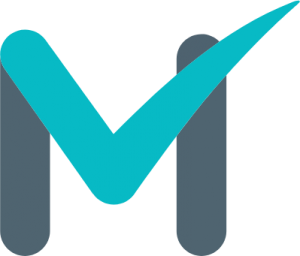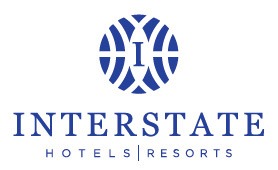Having started to put into place your coaching strategy – strategy being a bit of a strong word for ‘just doing it’, we can retrospectively call it a strategy to impress everybody – training needs may now start to emerge.
Linking Training Needs to the requirements of the business
‘Requirements of the business’ in large organisations is often referred to as Organisational Development or the short form used by HR professionals as ‘OD’. In small to medium enterprises, ‘Requirements of the business’ is often referred to as Requirements of the business
For the moment let’s use the short form OD.
Now for the other bit of this equation Training & Development, yep you’ve guessed it TD.
… and you can’t have one without the other.
There has to be an absolute connection between OD & TD and the flow of information and analysis needs to be a two way street.

Note that the TD bit is about Training & DEVELOPMENT – and development is where our coaching plays such a critical role – it doesn’t always have to be training.
Identifying Training Needs
Training needs emerge generally out of three circumstances:
- Someone new to a job or task
- Effective management coaching
- The organisational needs change
The first two are about individual training needs and the last about team, department or entire organisation training initiatives. Lets focus on individual training needs.
The use of psychometric assessment has an increasing role in identifying appropriate candidates to recruit – good recruitment agencies will do this for you – too many don’t have a clue or are frightened of psychometric profiling. An effective behavioural profiling system will not only give you a profile of the applicant but how they may need to be managed and what might be their development needs for the job they are being recruited for.
The better ones will also give you a job profile that completes a comprehensive analysis of candidate to job. So identifying training needs for a new joiner is relatively straightforward. Doing the same for those already in the business can be just as simple, if we are bothered to look.
And that looking is: Coaching and coaching backed up with the same psychometric system that you use for recruitment, but used by the employee for assessing their own self development needs – yes that’s right, let them get on with it and identify it for themselves.
If a coaching culture is taking root, then they will share the output with their manager – Oh! what an ideal world is being painted here!
Well alright then, it might need a bit of management nudging along, but the outcome is the same, they and you as their manager end up with a clear way forward of the individual’s development needs – it might even be ‘ Leave me alone I’m doing okay as it is’ – and most sensible managers take the hint if their perspective lines up with that of the individual.
And what has this to do with IiP?
Having followed the above approach and a clear training need identified it only remains to procure that training. This might be done in house or by an external supplier.
The internet now gives excellent access to information on training courses and the suppliers offering them. One way of taking a first measure of a potential supplier is to review how they go about structuring their offering.
Robert F Mager in his excellent book ‘Preparing Instructional Objectives’ outlines how course design is expressed in highly defined Measurable Training Objectives to ensure clarity of purpose and that participant activity can be tracked back to the original objectives set down for the training course or programme.
- PERFORMANCE: What is required of their performance
- STANDARD: To what standard of performance, judged by the tutor, should the participant achieve
- CONDITION: In what circumstances is the performance to be achieved i.e. Role play, syndicate participation, discussion groups etc.
It is highly unlikely that any training brochure will be expressed in such terms, but using Mager’s model will be a good guide to determine if the training offered comes any where near the coherent offering that you are looking for – if not, steer clear.
One word of warning: Be wary of those suppliers who state that they can prove a clear connection between ‘how much business bang you get for your training $buck’ – they rarely can. But as a business professional and having followed the above you will know what good looks like and whether it has a ‘fit’ for the individual and for the business.
Find out how this fits into a thorough IiP focused business strategy where Balanced Business Scorecards, European Quality Award Models and downright commonsense is employed, in my next blog.











